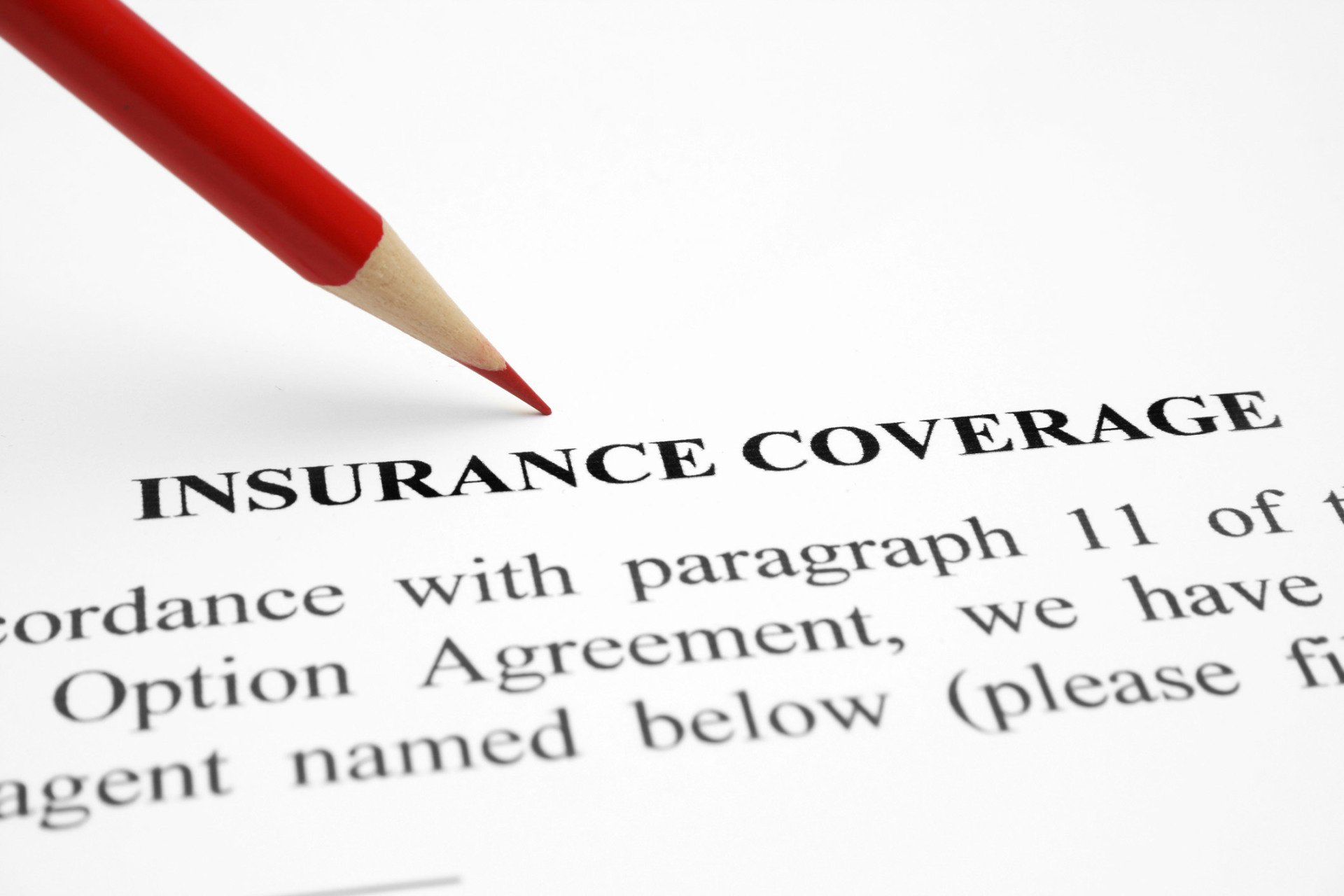Confused About Permanent Life Insurance? Here Are Your Options
- By Admin
- •
- 24 Jan, 2020
- •

Insurance coverage can be a little confusing. While many people think it is simply a question of whole life versus term life insurance, there are actua ly many different options even within these two categories.
To help you understand what is best for your family and your finances, here is a short guide to your choices for permanent life insurance policies.
What Is Whole Life Insurance?
Whole life policies genera ly come with the same premium for as long as you keep them in force. If you start coverage while younger, your premiums wil be lower and wil remain lower as you age, which could a low for significant savings over the course of your life or career. They also build cash value because some of each premium is invested by the insurance company into a savings vehicle.
Overa l, whole life insurance lacks surprises because premiums are stable and the death benefit remains the same. But in exchange for this financial security, you do trade off flexibility. You genera ly cannot adjust coverage or premiums when your circumstances change later in life. However, you may be able to do other things to access the money, including taking out loans or settlements.
What Is Universal Life Insurance?
Universal life insurance coverage is a lesser-known product than whole or term life, but it offers some benefits of both options. You can genera ly adjust the amount of the death benefit and the premiums much easier than either of the other products.
Like whole life policies, universal coverage has a cash value component because part of your monthly payments is invested. Once you've built up some value in this account, you can even use it to pay the premiums if you can't - meaning that your policy would not have to be cance led if you have a financial emergency and can't pay the bil. So universal life insurance could serve as an emergency fund for you and your family.
What Is Variable Universal Insurance?
Variable life insurance may be more appealing to the do-it-yourself investor because this type of insurance a lows you - rather than the provider - to decide how you want to invest the cash value of your policy. This may be able to provide a higher rate of return if you're a savvier investor or have more options than those used by the insurance company.
The downside to variable policies is that you turn insurance - genera ly valued for its stability and solidity - into a slightly risky investment. You can mitigate this risk, of course, by choosing lower-risk investment vehicles. But you may also want to investigate the fees associated with these investment choices.
What Are Your Death Benefits?
Once you decide which type of permanent life insurance policy is right for you, you stil have another choice to make: which type of death benefit you want.
Death benefits in permanent life coverage genera ly come in two varieties: level benefits and increasing benefits. Level benefits use a method to offset the increasing cash value of the policy by including a decreasing amount of actual insurance coverage. Thus, as your cash value grows, your beneficiaries stil receive the same amount of total benefits when you pass away.
Increasing benefits a low you to receive the value of your investments on top of the value of your insurance coverage. Since most people's earning power increases over time as we l, this could help your insurance coverage to rise through the years without paying for additional coverage.
For more information on how your permanent life insurance coverage can help you and your family enjoy a more stable future, contact the experts at Habersham Funding,LLC, today.










